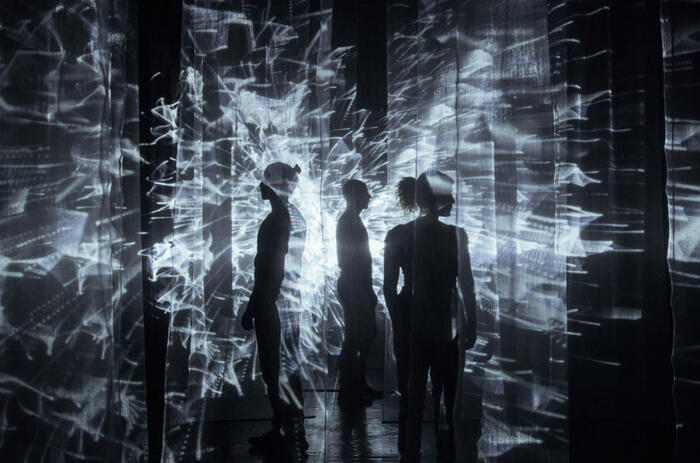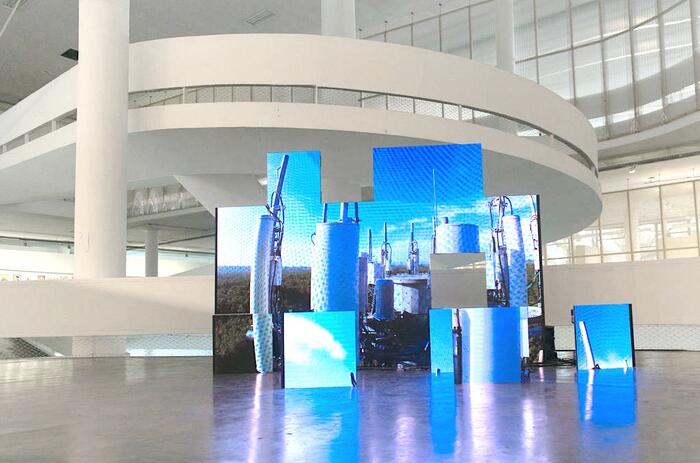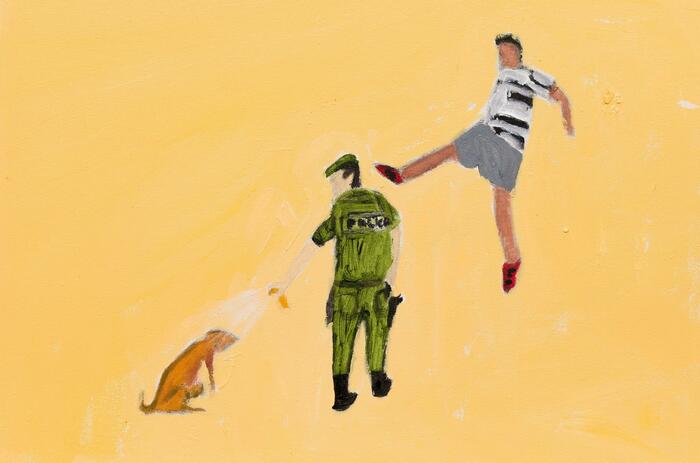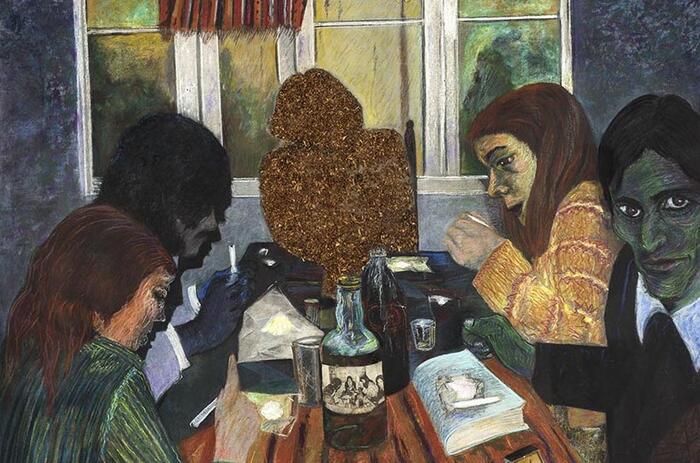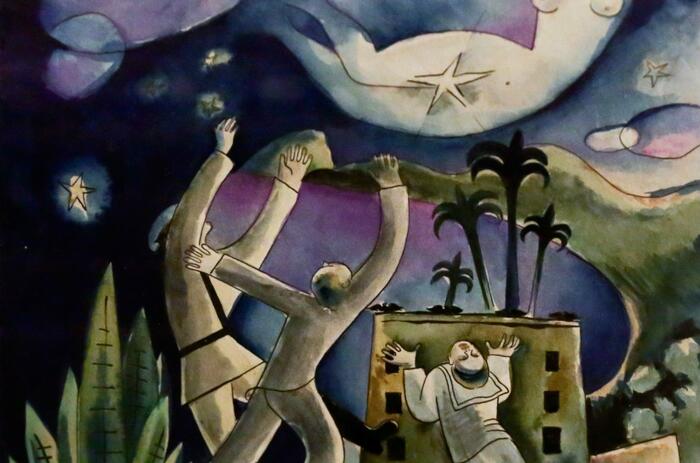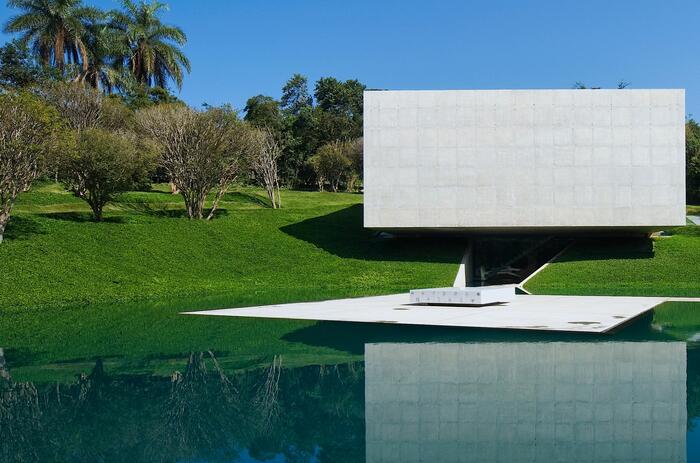THE SURREALIST INTRANSIGENCE OF THE TROPICS – MARIA MARTINS: IMAGINARY DESIRE
Reluctantly classified, with increasing complexity and interest, the work of Maria Martins (1894-1973) has yet to gain recognition in her native country. But a selection of some 50 pieces, on display in Rio de Janeiro through June, should help reposition the sculptor, draftswoman and engraver in the pantheon of leading Brazilian artists.
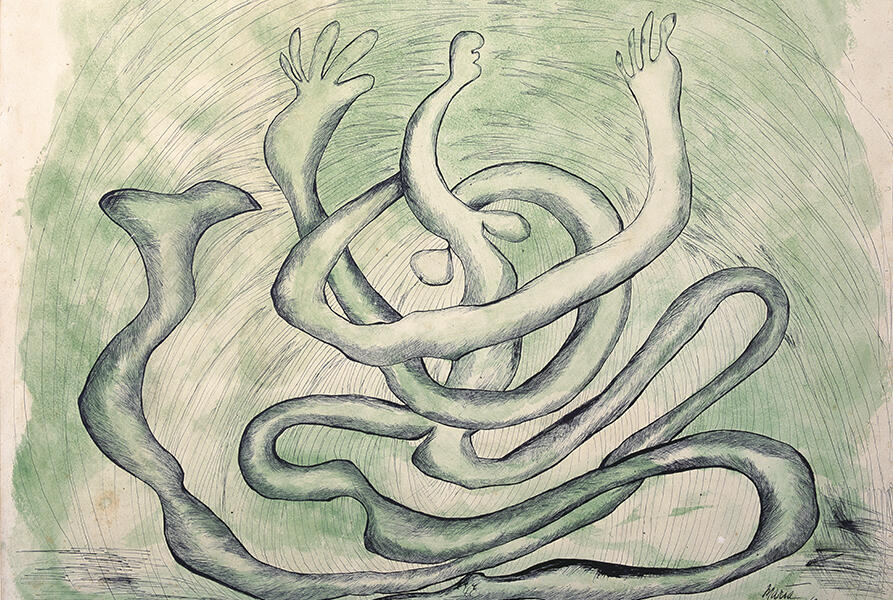
“It is very interesting to show her work in 2022, the year in which the centenary of the Modern Art Week [from 1922] is celebrated. She, like Goeldi [1895-1961] and Flavio de Carvalho [1899-1973], represents another idea of the tropics, a darker modernity that subverts what is docile and pleasant in the eyes of the beholder”, says assistant curator for Maria Martins: Imaginary Desire, Fernanda Lopes (ex-MAM Rio).
It should be noted that her participation in the penultimate edition of Documenta in Kassel, in 2012, made the interest in Martins' somewhat tropical surrealism resonate more strongly not only internationally. Thus, it made the Brazilian circuit appreciate it through broader exhibitions, such as the one held by the MAM in São Paulo a year after the German exhibition, curated by Veronica Stigger, and the current exhibition, which toured the Masp, in São Paulo, and today has its headquarters in the Casa Roberto Marinho, one of the most important media entrepreneurs in Brazil, who died in 2003, and a collector of relevant pieces by the artist from Minas Gerais.
The period detailed in this exhibition turns out to be accurate, as it shows the emergence of a vigorous production extracted far from Brazil. Martins was married to an ambassador, Carlos Martins (1884-1965), whose diplomatic life was very eventful until 1939, when the couple settled in the United States and the artist managed to develop her career, having her first solo exhibition in 1941 in the Corcoran Gallery in Washington.
On the occasion, Martins outlines her disturbing poetics and also uses wood as the base material for the 18 three-dimensional pieces. In the aforementioned solo show in the United States there were two key pieces. Cristo (1941), which was acquired by MoMA in New York, and Salomé (1942), which would end up in an unidentified collection; both had a disturbing size that began to attract the attention of critics and other avant-garde names. Martins was already 47 years old at the opening.
The turning point in Martins' career, however, is Maria: New Sculptures at New York's Valentine Gallery from May 1943 to April 1944. Simultaneously, the space housed Mondrian: New Paintings, focusing on the recent output of the Dutch constructive Master (Martins acquired and donated one of his canvases to the MAM in Rio, an institution of which she was one of the founders, but of which there is no longer any record due to the fire that occurred in the museum in 1978).
In the Amazonian Imaginaries section of the currently exhibited exhibition, it is explained how the artist's production, starting with the 1943-44 exhibition, is rooted in a metamorphosis of forms in which the exuberance of the tropical forest is evidenced with the indomitable amalgamation of leaves, branches and vines and figures sustained in the imagination of regional legends, indigenous and Afro-Brazilian mythologies. Even more interesting is that everything has a fictional setting, since Martins had never visited the Amazon. Along these lines, several American museums acquire pieces for their collections, and today in Rio one can see sculptures such as Glébe-eiles (1944), from the Roberto Marinho Collection, and Do not forget that I come from the tropics (1945), from the Fadel Collection, among other exceptional works.
-
Glèbe-ailes, 1944 – Bronze - 117 x 118 x 24 cm - Coleção Roberto Marinho, Instituto Casa Roberto Marinho, Rio de Janeiro
-
However!!, 1947 – Bronze - 288 x 70 x 58 cm - Coleção Nora Martins Lobo, São Paulo
-
Amazônia, 1942 – Bronze - 53 x 51 x 40 cm - Coleção particular, São Paulo
-
Impossible, 1946 - Gravura em metal - 17,5 x 15 cm - Coleção Roberto Marinho, - Instituto Casa Roberto Marinho, doação Heloisa e Carlos Luiz Martins Pereira e Souza, - Rio de Janeiro
-
Sem título (Macumba?), sem data – Litografia - 40 x 52 cm - Coleção Max Perlingeiro, Rio de Janeiro
In Imaginary Desire, the Impossible Duplas nucleus is central, in which emblematic pieces by Martins appear: O Impossível, with versions made between 1944 and 1946 presented at the Valentine Gallery in 1946. Luckily, the works belonging to national collections, summarize, with absolute formal ability, movements of attraction and repulsion, belonging and ingenuity, desire and retraction, impossibility and fullness, life and death, etc.
-
O impossível, década de 1940 – Bronze - 178,6 x 167,5 x 90 cm - Acervo Banco Itaú, São Paulo
-
O impossível, 1945 – Bronze - 79,5 x 80 x 43,5 cm - Acervo Museu de Arte Moderna do Rio de Janeiro, doação da artista
-
Hasard hagard, 1947 – Bronze - 59 x 70 x 18,5 cm - Coleção Fernanda Feitosa e Heitor Martins, São Paulo
-
Sem título (Hasard hagard?), circa 1947 - Óleo sobre tela - 45,5 x 60,7 cm - Coleção Victor Arruda, Rio de Janeiro
With a notable career outside of Brazil, many of Martins's works are lost, with few records in black and white in catalogs and newspapers of the time, such as For a long time I thought I was free (1945-46), in which the figure of a woman frees herself from a dense web of vegetation.
Defiant to this day, Maria Martins' body of work has baffled canonical names in Brazilian art criticism since her first solo exhibition in the country, Maria: Sculptures, in 1950 at São Paulo's MAM. The show received a positive reception from giants such as Walter Zanini (1925-2013) and misunderstanding from critics such as Mário Pedrosa (1900-1981) and Menotti del Picchia (1892-1988). And Rio de Janeiro, the city chosen by the artist and her husband to live in since 1950, only receives a major exhibition in 2022, focused on her career – in 1956, the Rio MAM exhibited 42 sculptures, in addition to drawings and engravings. Fortunately, the debt of the Brazilian visual circuit with an artist of such immense stature is, little by little, diminishing.

